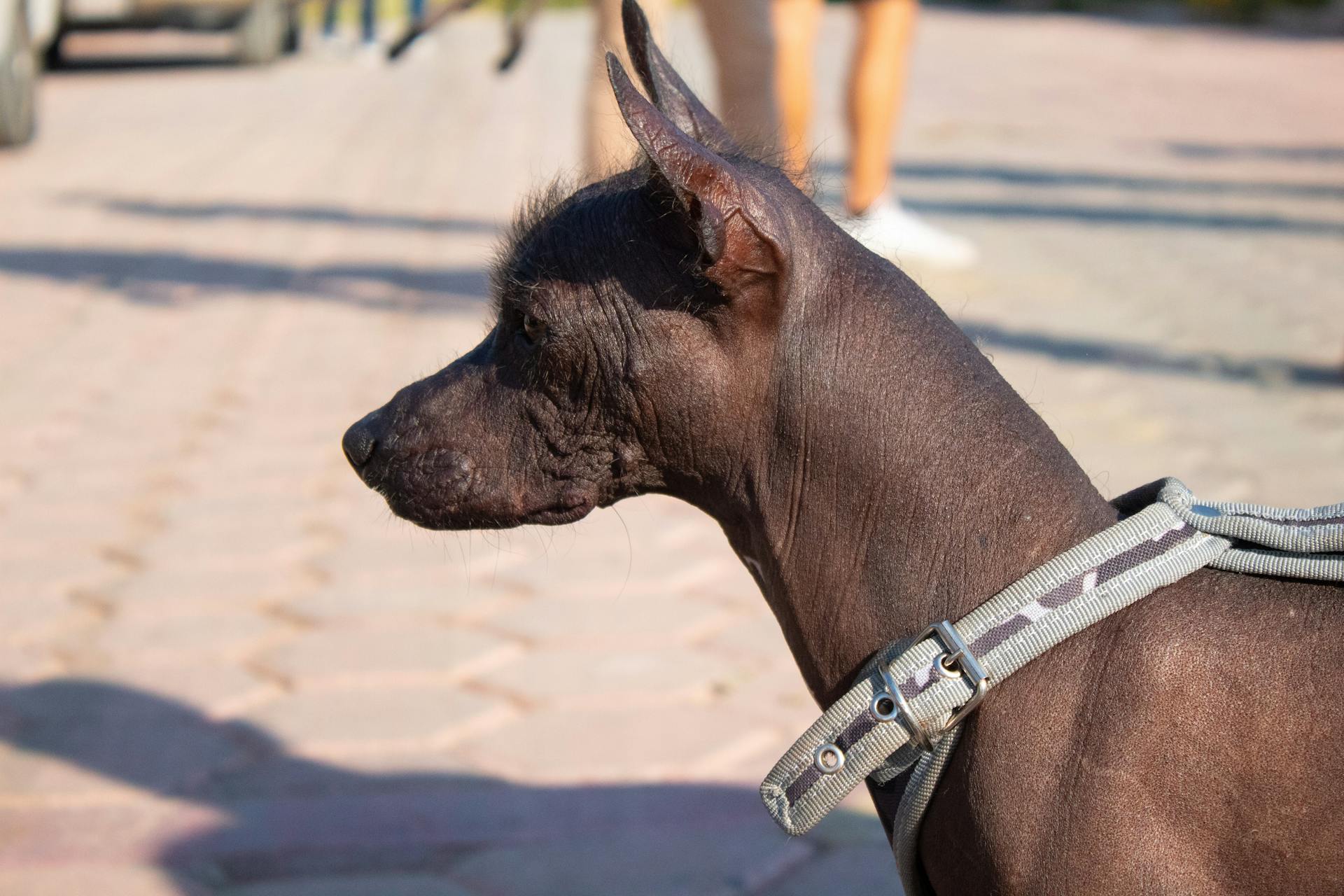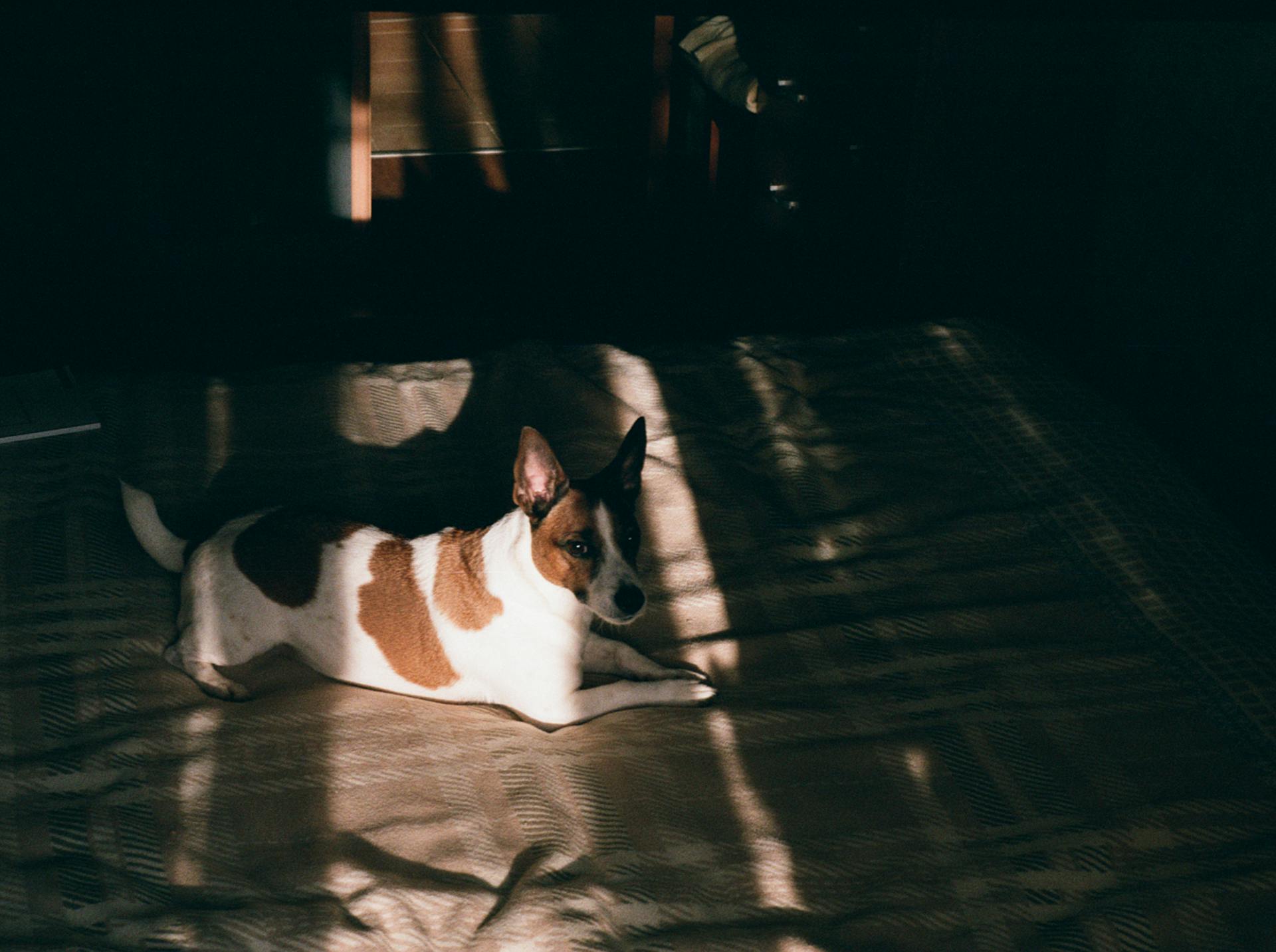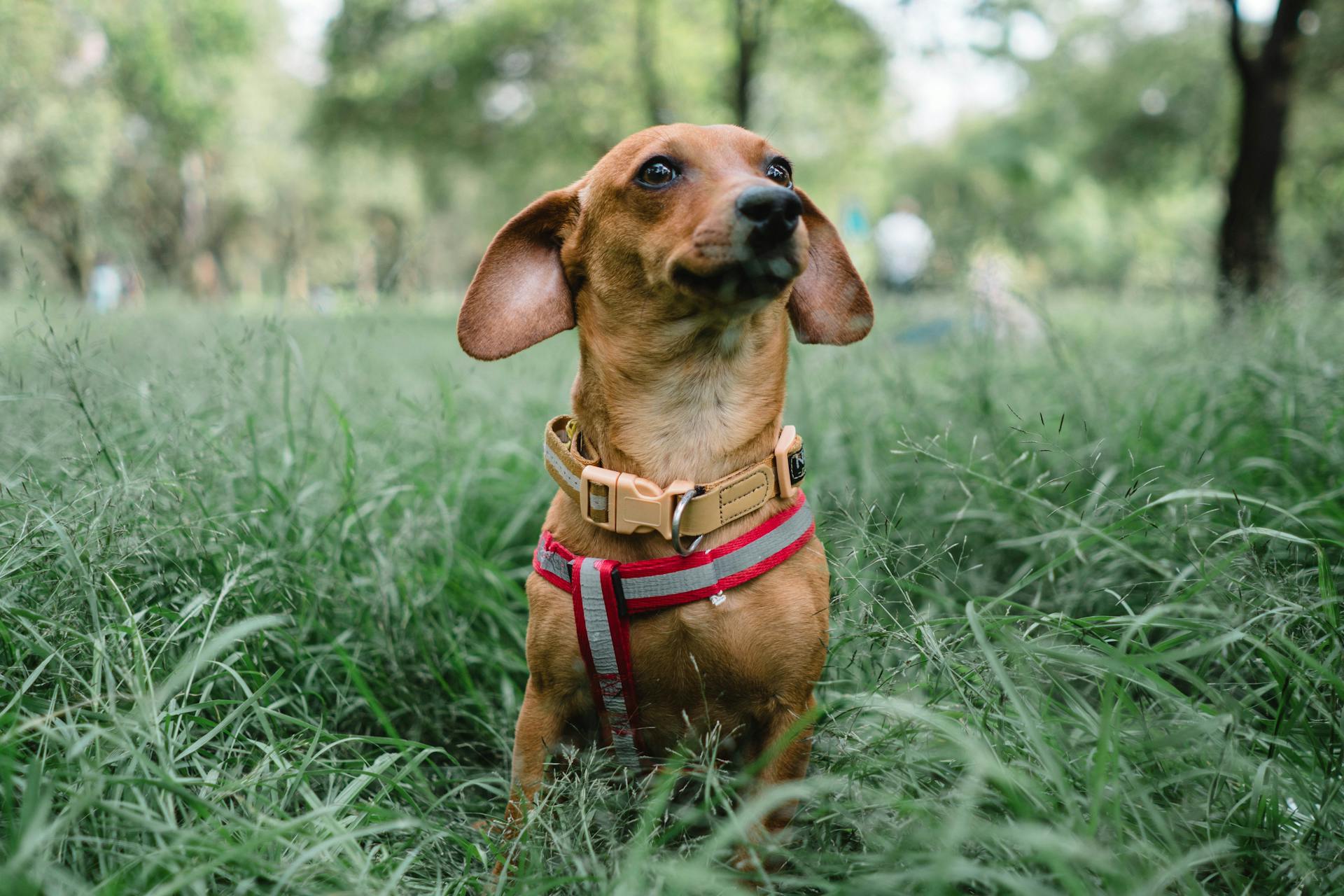
The best way to board aggressive dogs is to find a reputable boarding facility that has experience with aggressive dogs. When you tour the facility, be sure to ask about their procedures for handling aggressive dogs. Make sure you are comfortable with their procedures and that they are able to provide the level of care your dog needs.
The most important thing you can do to prepare your dog for boarding is to socialize them as much as possible before their stay. This means exposing them to as many different people, animals, and situations as possible. If your dog is not used to being around other dogs, it is important to find a boarding facility that has a separate area for aggressive dogs. This will help your dog feel more comfortable and less threatened while they are staying at the boarding facility.
It is also important to make sure your dog is up to date on all of their shots and vaccinations before they stay at a boarding facility. This will help protect your dog from any diseases they may come into contact with while at the facility.
What is the best way to approach an aggressive dog?
The best way to approach an aggressive dog is to be calm and confident. Speak in a soft, soothing voice and avoid making any sudden movements. Move slowly and deliberately, and give the dog plenty of space to feel comfortable. If the dog appears to be getting more agitated, back away and give it some time to calm down before trying again.
It's important to remember that every dog is different, and some may be more resistant to being Approach than others. If you're unsure about how to proceed, it's always best to err on the side of caution and consult with a professional trainer or behaviorist.
Explore further: How to Calm Dog Aggression
What are some signs that a dog may be aggressive?
Some signs that a dog may be getting aggressive are if the dog starts to growl, bares its teeth, or if its hackles start to raise. If a dog does any of these things, it is important to back away slowly and give the dog space. Do not make any sudden movements or noise, as this could further agitate the dog and cause it to attack. If you are unable to back away or the dog begins to attack, use whatever you have on hand to defend yourself, such as a jacket or purse.
Explore further: Other Dogs Attack My Dog
How can you tell if a dog is feeling threatened or aggressive?
A dog's body language can be a good indicator of whether or not it is feeling threatened or aggressive. If a dog is standing still with its ears perked up and its tail held straight out, it is likely feeling alert and interested in what is going on around it. However, if a dog's ears are back and its tail is between its legs, it may be feeling scared or threatened. If a dog is growling, baring its teeth, or Hackles raised, it is likely feeling aggressive and may attack if it feels further threatened.
What should you do if an aggressive dog approaches you?
If you are ever faced with an aggressive dog, there are a few things you should do in order to stay safe. First, try to remain calm and avoid making any sudden movements. Second, try to place something between you and the dog, such as a bag or a piece of clothing. This will help to create a barrier between you and the dog. Finally, if the dog does attack, try to protect your head and face as much as possible.
How can you defuse a situation with an aggressive dog?
If you come across an aggressive dog, the best thing to do is to remain calm. Dogs can sense when you are afraid and this will only make the situation worse. Slowly back away from the dog while keeping eye contact with it. If the dog does not back down, try to put something between you and the dog, like a backpack or purse. Once you have created some distance, turn and walk away. Do not run, as this will trigger the dog's chase instinct. If the dog does attack, try to grab something like a stick or large rock to defend yourself. Protect your face and head, as these are the most vulnerable parts of your body. If you are bitten, seek medical attention immediately.
For more insights, see: Does My Dog Have to Be Neutered to Be Boarded?
What are some tips for safely boarding an aggressive dog?
Assuming you would like tips for safely boarding an aggressive dog:
The most important thing to do when boarding an aggressive dog is to be calm and assertive. It is important to not show the dog any fear or hesitance as this can trigger an aggressive response. Instead, approach the dog calmly and confidently, speaking in a soft, soothing voice. Give the dog time to sniff you and get comfortable with you before trying to pet or handle them. If the dog does show signs of aggression, such as growling or snapping, do not punish them as this will only aggravate the behavior. Instead, try to redirect their attention with a chew toy or treat.
Once the dog is comfortable with you, you can begin to prepare them for boarding. Start by getting them used to being in a crate or kennel by feeding them their meals inside and letting them spend time in there with the door open. Gradually increase the amount of time they spend in the crate until they are comfortable being in there for extended periods of time. It is also important to acclimate the dog to the boarding facility before their stay. This can be done by taking them for a tour of the facility and letting them meet the staff. If possible, it is also a good idea to drop them off for a few hours or even a day to get them used to the surroundings.
Following these steps should help make the boarding experience safer and less stressful for both the dog and the owner.
Broaden your view: Boarding Your Dog for the First Time
How can you prevent aggression in dogs?
There are a number of things you can do to prevent aggression in dogs. The most important thing is to be a responsible owner and to socialize your dog from a young age.
One of the best ways to prevent aggression in dogs is to have them spayed or neutered. This can help to reduce hormones that can contribute to aggression.
Be sure to provide your dog with plenty of exercise and attention. A bored or frustrated dog is more likely to act out aggressively.
Never use physical punishments such as hitting or kicking as this can make the problem worse. If you need to discipline your dog, do so in a calm and assertive manner.
Be consistent in your commands and be sure that everyone in the family is using the same commands. This will help to prevent confusion and frustration.
If you think your dog is showing signs of aggression, be sure to consult with a professional trainer or behaviorist. They can help you to identify the root of the problem and come up with a plan to address it.
What are some common triggers for aggression in dogs?
There are a number of different things that can trigger aggression in dogs, and it is important to be aware of these so that you can try to avoid them. One of the most common triggers is fear, which can be caused by a number of things such as being left alone, being approached by strangers, or being in an unfamiliar environment. Other common triggers include frustration, pain, possessiveness, and territoriality.
It is important to remember that even the friendliest of dogs can become aggressive if they feel scared or threatened, so it is always important to be cautious around dogs that you do not know well. If you are ever in doubt, it is best to err on the side of caution and give a dog the space it needs.
A different take: Why Is My Dog so Tired after Boarding?
How should you deal with an aggressive dog in public?
There are a few things you can do when you encounter an aggressive dog in public. The best thing to do is to avoid the dog altogether. If you can, keep yourself at a safe distance and keep any objects, like sticks or balls, away from the dog. If the dog does approach you, try to remain calm and avoid making any sudden movements. Try to keep your body relaxed and avoid staring at the dog. If the dog does become aggressive, you can try to use a barrier to keep yourself safe, like a backpack or a large towel. If all else fails and the dog does attack you, try to protect your face and vital organs, and call for help immediately.
Check this out: Is Dog Boarding Safe
Frequently Asked Questions
Where can I board an aggressive dog?
There are a few boarding facilities that are willing to take aggressive dogs, as long as you follow the precautions above. The most important thing is to find a facility where you think your dog will feel comfortable - and where the staff are equipped to manage him.
How to handle aggressive behavior in dogs when boarding?
When your dog is behaving aggressively while boarding, the best way to handle it is by first of all being aware of why he or she may be becoming aggressive. If you can pinpoint a specific behavior that's causing the aggression (ie retrieving something you\'ve thrown), then try to address that behavior by rewarding your dog for good behaviors instead of punishing them for bad ones. If that doesn't work, then take some time away from the situation and come back Tomorrow when your dog may have calmed down. In the meantime try to keep an eye on him and if he shows any signs of aggression such as growling, lunging or biting make sure to step in immediately and remove him from the setting.
How to deal with an aggressive dog in the House?
There are a few steps that you can take to deal with an aggressive dog in your home. 1) Live with the Dog closely - One of the best ways to prevent aggression is to spend as much time as possible living close to the dog. This will help him get used to people and other animals. If the dog becomes aggressive, it is usually because he perceives that he is being threatened or feels insecure. Getting close to him will help him understand that you are not a threat. 2) Avoid Aggressive Body Language - Another key way to avoid aggression is to control your body language. display no anger, force or frustration. Felines in particular tend to mirror their owners’ body language, so it’s important not show the dog that you are angry or agitated. Rather, try to remain calm and collected. This will help reduce the chances of escalation into an attack. 3) Use Appropriate Tools - In some cases, using appropriate
How much does it cost to board an aggressive dog?
The boarding fees for aggressive dogs cost £20 for one dog, £30 for two, and £40 for three.
Where can I board a dog with kennel aggression?
If you have a dog that is showing signs of kennel aggression, you may want to consider boarding your pet with Ridge Kennels in Maryland. The veteran-owned facility offers safe and secure boarding for dogs with kennel aggression, and they adhere to the highest health and safety standards.
Sources
- https://mypetsguide.com/how-to-board-an-aggressive-dog/
- https://healthyhomemadedogtreats.com/dog-boarding-for-first-time-dog-owners-ultimate-guide/
- https://allanimalsfaq.com/dog/how-to-board-an-aggressive-dog/
- https://dogsandclogs.com/boarding-kennels-that-take-aggressive-dogs/
- https://www.thesprucepets.com/how-to-stop-dog-aggression-1118229
- https://www.thesprucepets.com/approaching-a-shy-scared-dog-1117432
- https://www.willumsenlawfirm.com/remember-these-signs-that-a-dog-might-turn-aggressive/
- https://justlovingmydogs.com/dog-aggression-sign/
- https://dogdigg.com/signs-of-dog-aggression-towards-humans/
- https://www.wolfmuellerlaw.com/blog/2018/02/signs-that-a-dog-may-become-aggressive-and-inflict-harm-on-others/
- https://www.akc.org/expert-advice/training/warning-signs-aggressive-dog-fight-bite-barking/
- https://www.quora.com/How-do-you-tell-if-a-dog-is-being-aggressive-and-what-causes-aggression-in-them
- https://thepets.net/how-to-deal-with-aggressive-dogs-the-right-way/
- https://www.kolesburke.com/blog/2021/01/use-these-3-tips-to-defuse-a-tense-situation-with-a-dangerous-dog/
- https://www.k-9culture.com/post/how-to-handle-an-aggressive-dog
- https://thebeacondog.com/insights/how-do-you-befriend-an-aggressive-dog
- https://www.reddit.com/r/Dogtraining/comments/4drdfy/advise_for_boarding_an_aggressive_dog/
- https://www.petrelocation.com/blog/post/tips-for-traveling-safely-with-aggressive-dogs
- https://myanimals.com/training/behavioral-problems/controling-aggressiveness/how-to-prevent-aggression-in-your-dog/
- https://petkeen.com/how-to-stop-dog-protective-aggression/
- https://mygermanshepherd.org/periodical/how-to-prevent-dog-aggression/
- https://www.ruffingtonpost.com/common-triggers-dog-aggression/
Featured Images: pexels.com


